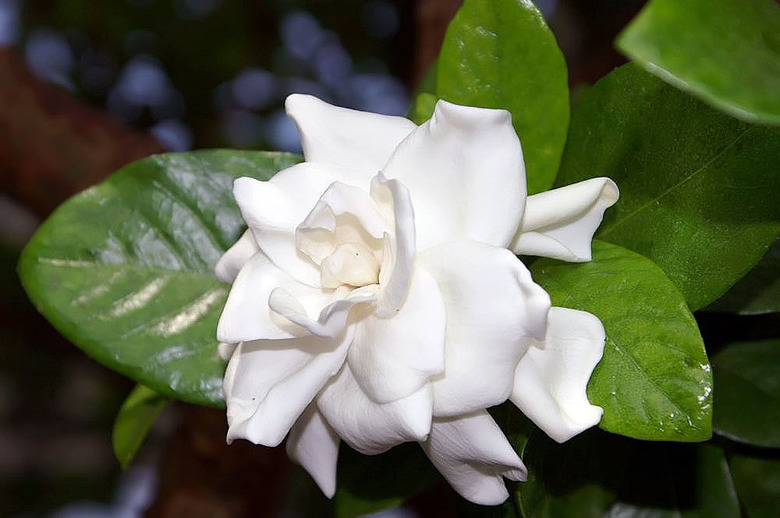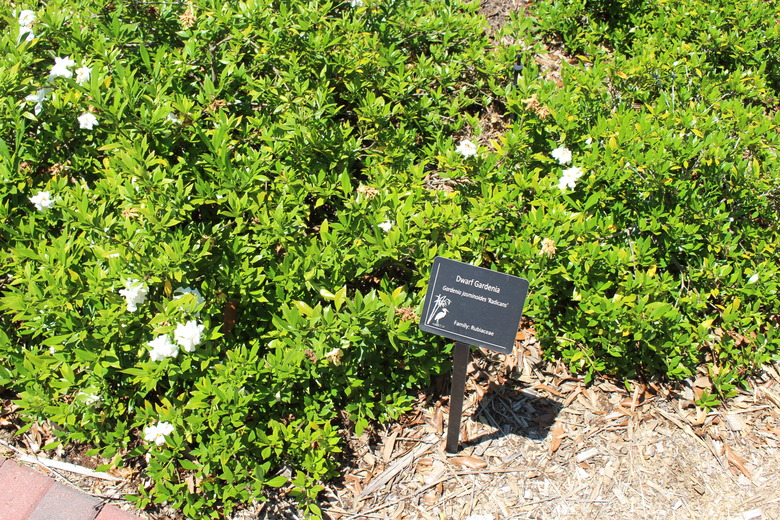How To Prune Dwarf Gardenias
The common gardenia (Gardenia jasminoides) is an evergreen shrub cultivated for its showy, fragrant white flowers. These flowering shrubs can have a height of up to 8 feet; however, there are small dwarf cultivars from which to choose.
Gardenia plants are usually pruned with the goal of shaping the plant and removing spent blooms and weak-looking branches.
The common gardenia and its cultivars are hardy in USDA hardiness zones 8 to 10, though dwarf cultivars and container plants tend to be less cold hardy by two USDA zones.
Dwarf Gardenia Cultivars
Dwarf gardenias typically have a mature height of under 3 feet. Let's look at some of the dwarf cultivars on the market.
Radicans
The creeping gardenia (Gardenia jasminoides 'Radicans,' zones 8 to 10) is a spreading, low-growing type of dwarf gardenia that works well as groundcover because of its short height of under 3 feet.
Radicans Variegata
Radicans Variegata (Gardenia jasminoides 'Radicans Variegata,' zones 8 to 10) has variegated foliage and a height between 1 and 2 feet. Like the creeping gardenia, it is often used as groundcover.
White Gem
If you are looking for a gardenia to grow in a container, consider the White Gem gardenia (Gardenia jasminoides 'White Gem,' zones 8 to 10), which has a height of about 2 feet. The white blooms of this cultivar are single-flowered and have six petals. A container White Gem gardenia will only be hardy to zone 6.
Fragrant Pathways
Another gardenia cultivar used as groundcover is Fragrant Pathways (Gardenia jasminoides 'Fragrant Pathways,' zones 8 to 10), which has double blooms and narrow leaves.
Tip
Creeping gardenia cultivars can be grown in containers or used as groundcover.
Caring for Dwarf Gardenias
- Gardenias, including dwarf gardenias, grow best in soil that has a pH under 6, meaning acidic soil. If grown in soil that is too alkaline, the leaves will turn yellow. Gardenias appreciate feeding in the spring with a fertilizer formulated for camellias and azaleas, which have similar soil needs as far as pH goes.
- Gardenias can be grown in full sun or partial shade.
- It is also important to give these plants proper air circulation to prevent diseases, such as powdery mildew.
When to Prune Dwarf Gardenias
Gardenia shrubs, including miniature gardenias, should be pruned in mid-summer after the shrubs are finished flowering. It is important not to prune during or after October, however, because by then, new buds have set. Therefore, pruning in the fall can reduce blooms the following year.
Tip
Avoid pruning gardenia shrubs after October 1, as doing so can diminish the next year's bloom.
In the case of the dwarf Radicans gardenia, pruning the plants during the growing season to remove spent flowers can encourage re-blooming.

